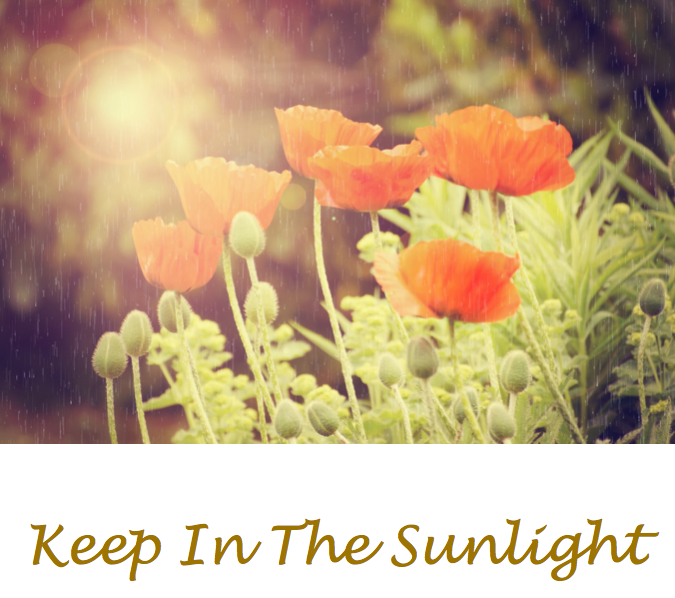My daughter recently joined the Girl Scouts as a “Juliette” brownie. This means, for now, she is scouting as an individual. I’m quickly realizing what an amazing addition this is to our homeschooling. At this point, I don’t know how long her scouting journey will last, but she is SO excited about it. And so am I. What a perfect program to match her age. The badges are set up to learn and explore several different topics, and I’m a big believer in young kids not being overly committed to one specific focus too young. It’s such a wonderful opportunity to be exposed to different interests and areas that I may not have thought to introduce.
She’s decided to start working towards her “bug patch” first, and I can’t believe how she’s taken to it. She spent a good chunk of time yesterday creating a large poster about butterflies. I learned a bunch of new facts when she shared it with me. And while I’m excited to see what other bugs she decides to explore, I took it upon myself to search out some bee resources.
I was amazed at how many bee farms and shops we have in the area and how many bee resources are online for kids.
One of my FAVORITE resources has been Maddie Moate. This woman amazes me. She’s fun and energetic and entertaining, and her videos cover just about every topic there is. But she has some wonderful bee videos. You need to check them out!
Also, since writing (and forgetting to post) this, we’ve been to our local bee store several times. (Their honey is AmaZing!) And while they were very busy the first couple times, we happened to go back on a slow day. The owner was so great. She showed the kids around the supplies and did a mini lesson about beekeeping for us.
Bees are an essential part of all our lives, and we need to all be doing more to support them. Education is the first step, and I’m so very grateful for all the resources out there, so people like me can start to learn more about how we can help.
Wings of Life (various short videos)
National Geographic Kids (2:03)
World Honeybee Day (3:36)
Great Sunflower Project (1:18)
Picture Books: Bee Books







